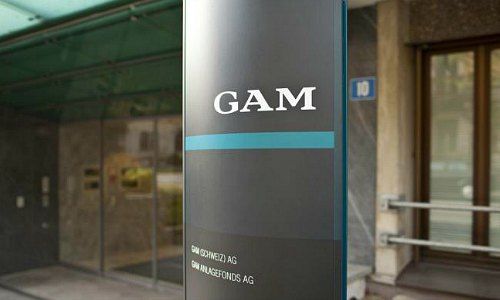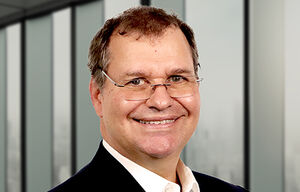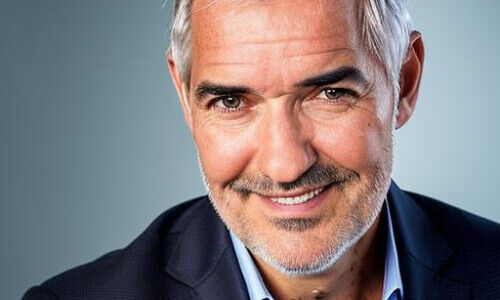GAM, the Zurich-based asset manager, hasn’t turned the corner yet and the problems remain the same. GAM lacks size and profile and there are plenty of indications that the company may become a victim of the consolidation within the industry.
The third quarter of 2016 has been a little kinder on GAM than previous quarters and the company managed to increase assets under management for the first time in quite a while. The Investment Management division however, the company’s core unit, again saw customers pulling their money out.
Alex Friedman, the chief executive officer, has a few sobering insights on offer as way of explanation for the development. The GAM funds don’t perform well enough and thus don’t generate the necessary additional revenue.
Friedman has pledged to stick to his task over turning around the business performance and gave a timeframe of seven years to achieve the targets. The mission is tough, given the conditions on the markets but also in the industry as a whole. The undertaking could be cancelled, however, and could result in the sale of the company.
Here are six reasons supporting this scenario:
1. GAM is too small
Janus Capital and Henderson Global Investors, Amundi and Pioneer Investments are the most recent examples of a rapidly accelerating wave of consolidation within asset management.
GAM, with about 120 billion francs in assets under management, is neither a large player nor a stringently focused boutique. It remains a global asset manager with too small a leverage.
CEO Friedman in recent years concentrated on achieving critical mass, acquiring three companies in the process. It wasn’t enough to move up a league though. The distribution network simply is too small to compensate for the outflow of money (2.2 billion francs in the third quarter alone).
- GAM, with its specialized fund platform, will only have a proper chance if its gets a global and established distribution network.
2. Active, but without many trump cards
GAM and other active asset managers are smarting from the introduction of exchange traded funds (ETFs). The passive instruments are popular with their most important customer group, the institutional investors, because of the lower fees charged.
Furthermore, actively managed funds in general and hedge funds in particular do worse than the indexes they are built upon. GAM was one of the companies accused of underperforming, making it difficult to justify the higher fees as compared with the ones charged by ETFs.
- Customers withdraw their assets.
3. Markets conspire against GAM
Active managers are expected to generate yields in times of low or even negative interest rates. The GAM fund managers haven’t been too successful. Monetary policy and numerous political and economic uncertainties have made investors inert or even prompted them to pull out.
- Once the fund volumes stagnate or decrease, profits do so as well.
4. The most important promise remains unfulfilled
Asset management is a cruel business. Customers want one thing only: performance. He who delivers will shine. The underperformers however will wave goodbye to their clients.
That’s exactly what happened to GAM in the first six months of 2016. The company was forced to issue a profit warning in June, because performance sagged – with a massive decline of fees following tightly on its heel.
The outflow of assets will continue given the geopolitical risks and the uncertainties on the markets. Friedman today said: «The market environment continues to be challenging. Frequent bouts of volatility amid sideways markets have led to risk aversion among clients.» Thus, profitability for the full year will remain substantially below last year’s.
- GAM hardly will attract more customers under the current circumstances.
5. GAM has lost its shine
In the 80s and 90s, the company had a clear profile as a hedge-fund boutique under the guidance of Gilbert de Botton, the asset-management pioneer. Under the ownership of first UBS and later Julius Baer, the profile was a little less important because GAM was able to rely on the private-banking network of its owners.
In 2009, the company became independent and thus left the cushy environment. The awkward brand of Swiss & Global (former Julius Baer fund business) it inherited, didn’t make life easier.
With Friedman at the helm, GAM invested a lot on polishing the brand. Swiss & Global disappeared in 2015. But the profile didn’t get much better.
- GAM is just one of many.
6. Selling out before it is too late
Nobody will accuse Friedman of inactivity. GAM was in dire need of restructuring when he took over, with two brands (GAM and Swiss & Global), two IT systems, unwanted products and inefficient administration.
The U.S. manager, previously head of investment at UBS, improved a lot. But the financial markets refused to play along.
- Should GAM’s board come to the conclusion that a return to sustainable growth is not possible, it may evaluate the possibility of finding a buyer.































